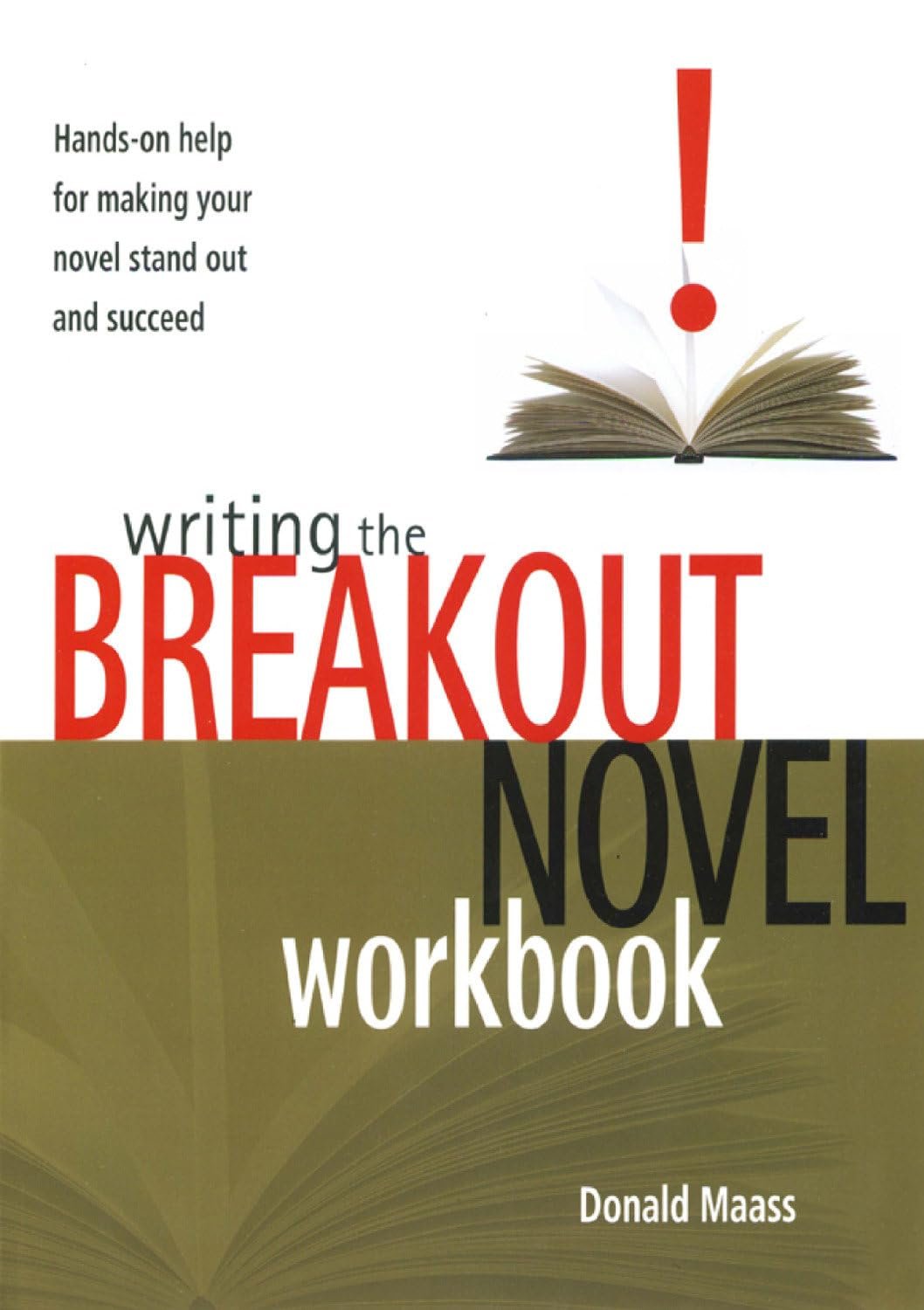
07 Jul Unlocking the Secrets: A Deep Dive into the Breakout Novel Workbook
Unlocking My Writing Potential: A Deep Dive into Writing the Breakout Novel Workbook
As an aspiring novelist, I’m often on the lookout for resources that can help me elevate my work. When I first encountered Donald Maass’s Writing the Breakout Novel Workbook, it felt like a beacon of hope, a resource that promised to elevate my writing—and it did not disappoint. Maass, a noted literary agent and author, takes the principles from his original book, Writing the Breakout Novel, and transforms them into an engaging, hands-on workbook that has become an essential companion on my writing journey.
At its core, the workbook emphasizes the importance of crafting not just a story, but a standout narrative that resonates with readers. Maass offers practical exercises that encourage you to dig deep into your characters and plots. These exercises focus on building layered stories through elements like inner conflict, voice, and that elusive “larger-than-life” quality that can make characters unforgettable.
I found the structure of the workbook refreshing, with each section containing insightful commentary followed by exercises that pushed me to think critically about my own writing. For instance, one memorable exercise prompted me to explore my protagonist’s weaknesses, pushing me to create a more rounded character who felt real and relatable. The satisfaction of filling in those blank pages with my thoughts and revelations was exhilarating.
The writing style offers clarity and warmth, inviting you into the world of creative writing without overwhelming you with jargon. What stood out to me was how Maass includes examples from breakout novels, dissecting them in a way that made me rethink my own writing. One moment that resonated with me was when he urged writers to “make the reader’s heart race.” It perfectly encapsulated the kind of storytelling I aspire to achieve—one that grips readers and transports them into the heart of the story.
The testimonials scattered throughout the book add another layer of encouragement. One reviewer noted, “This workbook is much better than the original book,” and I found myself echoing that sentiment. The exercises felt less like chores and more like invigorating challenges that fueled my creative fire.
That said, I do want to acknowledge that this workbook is likely best suited for those with a foundational grasp of writing. While beginners might find inspiration, they may not fully appreciate the depth that Maass encourages you to explore. However, for writers who have dabbled and are ready to refine their craft, this workbook is a goldmine of practical tips and insights.
In conclusion, I heartily recommend Writing the Breakout Novel Workbook to anyone who is serious about their writing journey. Whether you’re just beginning your first draft or restructuring a manuscript, Maass’s workbook will undoubtedly empower you to elevate your work. Personally, it has made me more aware of the nuances of storytelling, adding depth to my characters and clarity to my plot. If you’ve ever dreamed of crafting a breakout novel, consider picking up this workbook—it might just be the catalyst you need to write your next great story.
You can find Writing the Breakout Novel Workbook here >>









